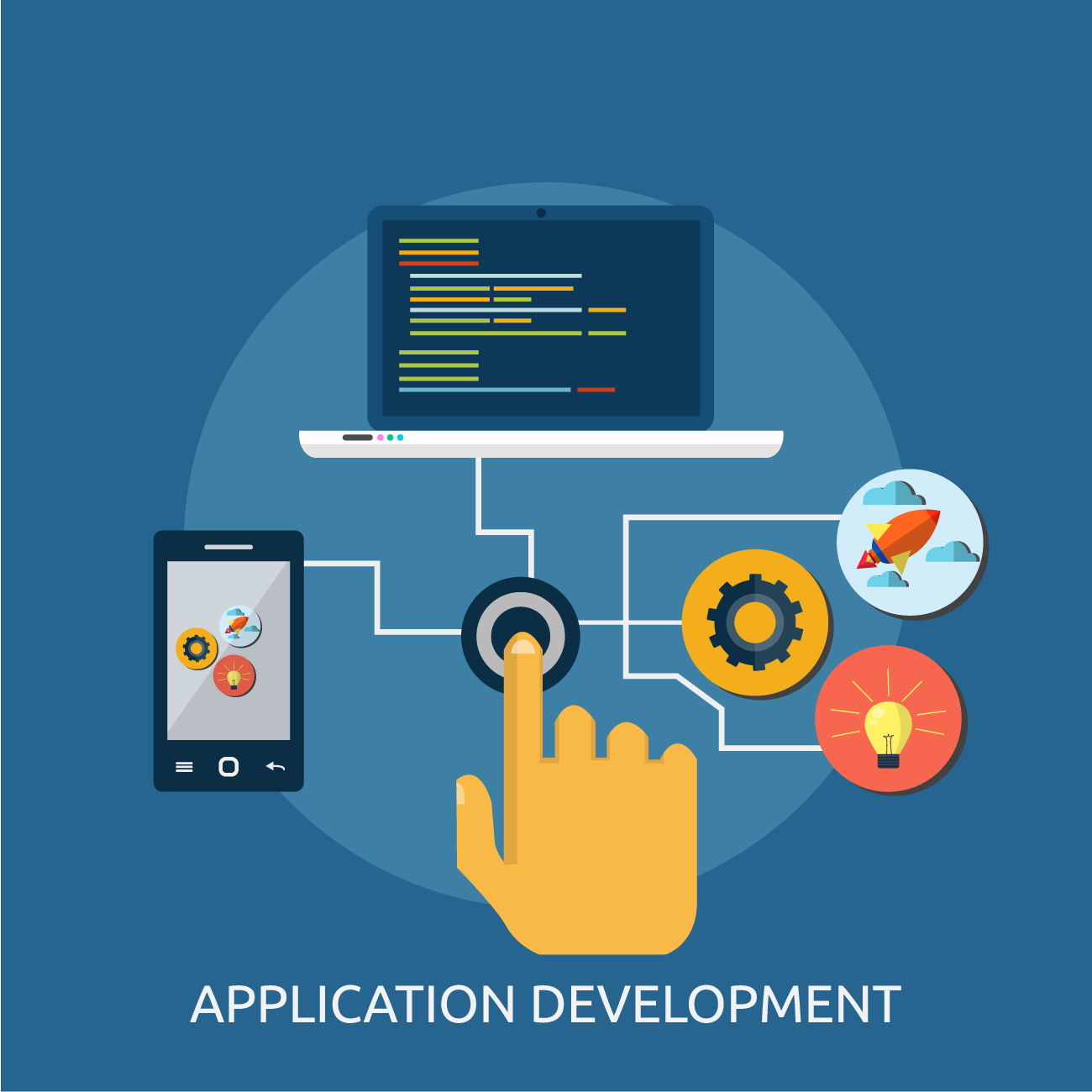This article highlights how integrating human emotions into the design process can transform digital products from transactional tools into memorable, indispensable experiences. By understanding and strategically applying emotional principles, businesses can unlock unparalleled user engagement, translating directly into tangible business benefits.
6 Impact of Emotional UX Design on User Engagement
Emotions are intangible, but their impact on user metrics cannot be overstated. Emotional UX design has a direct influence on:
1. Time on Site
Gestural animations, micro-interactions, and visual Storytelling extend session lengths. As users become engaged with your product, they tend to browse further. By instilling curiosity and a sense of delight, emotional design encourages users to stay longer, reducing bounce rates and increasing the likelihood that they’ll discover additional content or features by accident.
2. Conversion Rates
A favorable emotional connection can drive users from interest to action. Frustrating interfaces destroy conversions, whereas happy ones boost them. Designs that lead users with emotional signals, such as urgency, confidence, or excitement, have the power to greatly enhance click-through and sign-up rates, resulting in more goal completions and a quantifiable ROI.
3. User Retention and Loyalty
Returning users are the result of memorable moments. Emotional design fosters familiarity and liking—two influential drivers of loyalty. When users develop emotional connections to your site, they create habits around it. This repeat usage reinforces loyalty and makes them unlikely to switch to rival alternatives.
4. Word-of-Mouth and Virality
Human beings speak about the way that products make them feel. Emotional design is what drives word-of-mouth sharing, brand narrative, and user-generated marketing. Products that fill people with joy, surprise them, or inspire them tend to become shareable naturally. Users screenshot, leave reviews, or recommend others—basically converting emotional design into a viral promotional machine.
5. Minimized Churn
Even when customers encounter minor usability problems, high emotional loyalty can make them more forgiving. Emotionally fulfilling interactions serve as a buffer against hot spots. When customers feel respected and emotionally understood, they are more likely to tolerate shortcomings. This emotional cushion minimizes cancellations, complaints, and the desire to seek alternative platforms.
6. Brand Advocacy
Happy users become brand ambassadors. The emotional design makes superfans evangelize your product without even being asked. Positive emotional experiences translate to genuine testimonials, online referrals, and social sharing, thereby strengthening your reputation and expanding your customer base at nearly zero cost.
How to Put Emotional UX in Your Digital Products
You’ve already seen the powerful effect emotional UX design has on users. It’s time to start putting it into practice. If you want to begin adding emotional design to your product, consider these strategic steps:
1. User Research with Empathy
Go deeper than demographics. Get to know user fears, hopes, and behaviors. Apply empathy maps and journey mapping to identify emotional touchpoints that resonate with your audience. Empathy-led research identifies pain points and moments of delight. These become the foundation for designing solutions that speak emotionally, enhancing satisfaction and narrowing the gap between users and your product.
2. Design for Micro-Interactions
Small elements such as button feedback, animations, or hover states inject a touch of life and personality into the interface. Micro-interactions serve as emotional nudges, delivering live feedback that comforts users, delights small victories, and invites continued interaction through intuitive, human-like reactions.
3. Make Use of Color and Typography Wisely
Warm colors, curvaceous typography, or soothing color palettes all invoke distinct emotions. Balance visual decisions with your brand’s personality. Strategic color theory and typography shape perception—conveying trust, a sense of urgency, or happiness. Emotional messaging is consistently built across the entire user journey through the use of these visual design elements.
4. Use Storytelling
Make your content human-centered. Use relatable narratives, customer stories, or brand missions that resonate emotionally. Well-told stories foster emotional immersion, making users feel heard and connected to the narrative. This strengthens brand memory and positions your product as a meaningful part of their lives.
5. Add Delight through Surprise
Subtle animations, triumphant moments (e.g., “You did it!”), or surprise rewards make interactions delightful and memorable. Surprise elements trigger brain dopamine responses, amplifying positive association with your product and encouraging users to come back for more enjoyable experiences.
6. Build Trust Visually
Emotional design is not a cheerful color. It also encompasses establishing trust through consistency of layout, comforting messages, and clear content. Visual trust markers—such as simple navigation, feedback, or security badges—build emotional safety. People are assured of taking actions, minimizing reluctance and enhancing long-term trustworthiness.
Want Your Users to Fall in Love with Your Product?
Whether you’re launching something new or looking to deepen user engagement in your current product, emotional UX design can make the difference between being used and being loved. At Digitraly, we specialize in designing digital experiences that connect, delight, and retain.
Let’s create something unforgettable together.
Schedule a free UX consultation or contact our team to get started.
Conclusion
Great products don’t just work—they connect. Emotional UX design is the secret sauce that turns everyday interactions into unforgettable experiences. By weaving empathy, delight, and trust into every moment, you create a product users love, return to, and champion.
When you design with emotion, you unlock deeper engagement, stronger retention, and lasting loyalty. Start tapping into your users’ feelings today to transform your product into something truly extraordinary.



